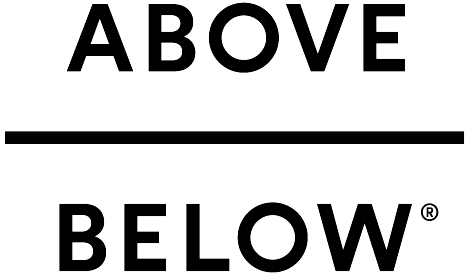sustainability and the ruckraft
The RuckRaft and sustainability.
Background
Above Below are Tom and Will Watt - but our dad Jim and other brother Dan are both experts in environment and manufacturing. Dad has recently built an off grid, zero carbon house and for his whole life worked in energy saving and waste minimalisation for business and governments around the world.
So the below is from our Dad, Jim, who has probably forgotten more than most of us know about the area of energy saving, climate change, waste minimalisation.
Making an inflatable
To make the RuckRaft we needed a manufacturing process for an inflatable vessel – in many ways the RuckRaft is a mini Rib boat. Many inflatables use PVC plastic which is not at all environmentally friendly and increasingly controversial. But some form of man-made rubber or plastic is pretty unavoidable.
It is not as simple as plastic is the problem.
As Green Peace and many other groups spell out, single use plastic is a problem particularly for marine life. But this is often complicated and compensated for by plastics role in reducing food waste and in reducing the need to use animal products (leather, wool).
Scale and context is important – you have to recycle 100’s of polythene bags to equate to the energy used by just one litre of petrol or diesel. So while recycled plastic may sound good if the travel involved getting the plastic from waste to recycling is significant it might be counter productive. And very few of the claims you hear will be factoring this in.
Then, where would we be without durable water proofing and breathability for outdoor clothing and construction. A much bigger problem all round is buying too much short life kit and stuff and the consumption of animal based products (and food).
Plastic is indispensable for so much of what is a broadly meant by the phrase sustainable (e.g. climate change and using up less of nature’s resources). It’s just not as simple as plastic = bad.
The manufacturing process for the RuckRaft
For an inflatable vessel there often has to be some sort of welding to bind the two side of the inflatable together. And this requires either heat, hot air or high frequency welding. We use the high frequency welding as it is the strongest and most suitable to ensure the RuckRaft is as durable as possible.
RuckRaft uses Rivertex TPU coated Nylon.
The high frequency welding process requires special fabric. We work with Rivertex ‘Riverseal’. Designed specifically for high-performance marine applications.
The fabric is durable Nylon fabric, strengthened with a full TPU (thermoplastic polyurethane) coating on one side and reinforced with a TPU lick coating on the other side, giving it exceptional air-holding capabilities. Nylon for high performance, weldable, air holding applications. TPU is fully recyclable and biodegradable. Nylon is not an easy or cheap material to recycle but it is possible.
This means that the RuckRaft® is a little more expensive but also built to last. The next step is to work on the sustainability and find method for recycling the Nylon.
The future is likely to be recycled fabric.
Rivertex in 2021 has launched Rivercyclon® brand which are 100% recyclable. See www.rivercyclon.com These are aimed at replacing PVC coated products for more industrial applications like tarpaulins and print banner PVC.
As Rivercyclon® is 100% Polypropylene it is recyclable and can be ground down to make other harder rigid polypropylene products e.g. travel coffee mugs. But Rivercyclon is heat or hot air weldable - so may not last as well.
Nylon is possible to recycle and fabrics like Econyl are promising. But again it will be down to how these recycled materials, which are often not as strong, respond to the high frequency welding process that makes the RuckRaft so tough. We are exploring our options with the above.
We do know about and think about these things. On a bigger picture - the RuckRaft is about enabling adventures closer to home. If the RuckRaft inspires someone to holiday and explore their own country for some swim/hike adventures rather than fly away for a city break, we’ll have actually done much more for the environment.
It’s not simple. The trade offs and counter productive measures are everywhere in this area. But we’ll be doing our best.
If you are further interested in this area and want to truly get under the hood of what matters, we used to be on the board of Manchester based workers co-operative Ethical Consumer. These folks really are great. They follow the money.

